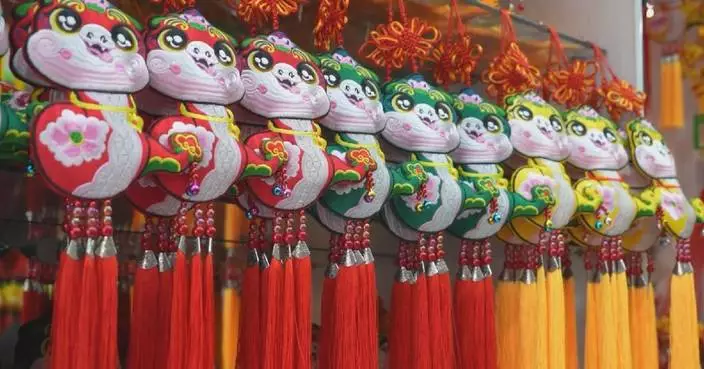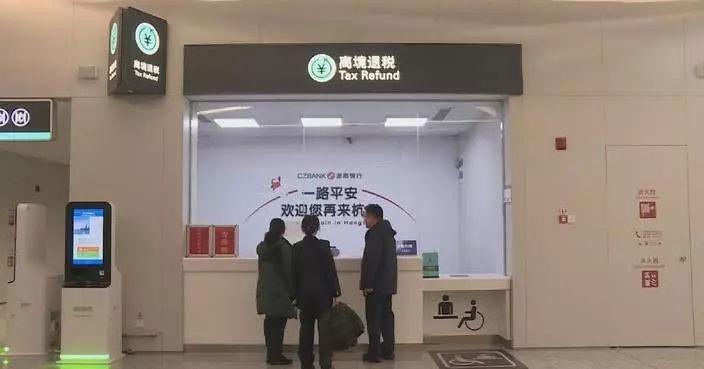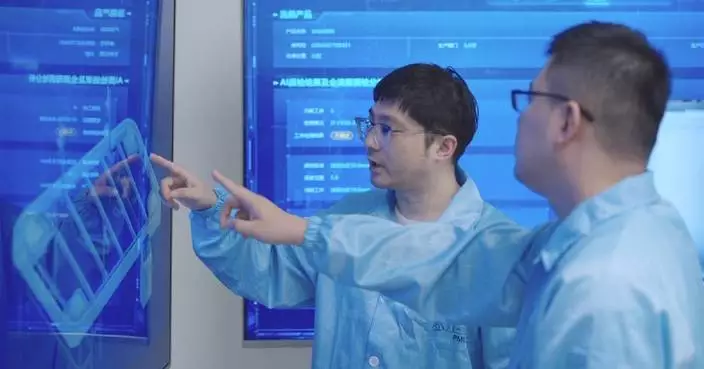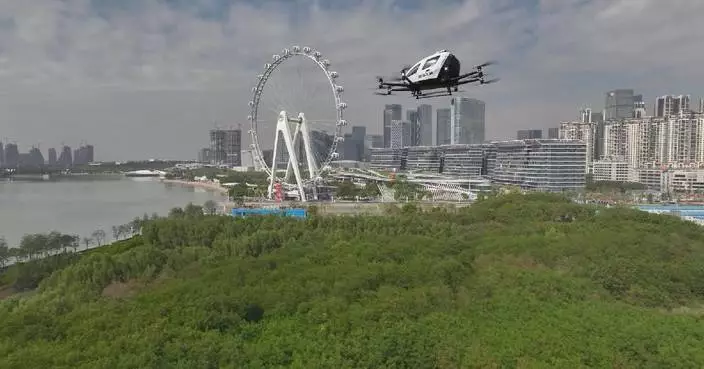The Weifang-Yantai High-Speed Railway in east China's Shandong Province began operation on Monday, which is set to enhance regional integration, cut travel time and boost the local tourism sector.
Linking Weifang to Yantai, the high-speed railway, with a total length of 237 km and a designed speed of 350 km/h, is the main transportation corridor for passenger exchanges in the northern coastal region of Shandong Province.
It passes through Qingdao and connects several coastal cities in the north of Shandong Province that were once without high-speed rail, including Laizhou and Zhaoyuan.
In addition to deepening regional integration, the operation of the high-speed railway will also boost tourism by making it easier for inland visitors to enjoy beautiful coastal views in a shorter time.
"I bought the ticket as soon as I heard the high-speed train would begin service. Now it takes only three hours to travel from Beijing to Penglai by the high-speed train. I’ll bring my family here this weekend. It's so convenient to travel back and forth!" said a visitor from Beijing.
"I used to drive more than three hours to travel from Jinan to Laizhou, but now it only takes one hour by high-speed train," said a visitor from Jinan.
Eying the influx of visitors brought by the opening of the high-speed railway, local authorities are welcoming them with open arms.
Over 40 scenic spots in Yantai are attracting visitors by offering discounts to holders of high-speed train tickets.
Shuttle bus services are also provided in the city to facilitate travel between tourist destinations and the high-speed railway station.
Starting in 2020, the construction of the Weifang-Yantai High-Speed Railway has once faced complex geological conditions when it passed through a gold mining area in Zhaoyuan City, but these challenges were resolved thanks to new technologies, new materials and intelligent construction equipment.
During the construction, the railway also went through an archaeological site in Pingdu City and the railway construction work gave way to archaeological excavations to protect cultural relics.
"Two steps were taken. Protective archaeological excavation was first conducted in areas on the high-speed railway route. Once the field archaeological work is completed, the site will be handed over to the construction team for further work," said Qu Tao, curator of a museum in Pingdu City.
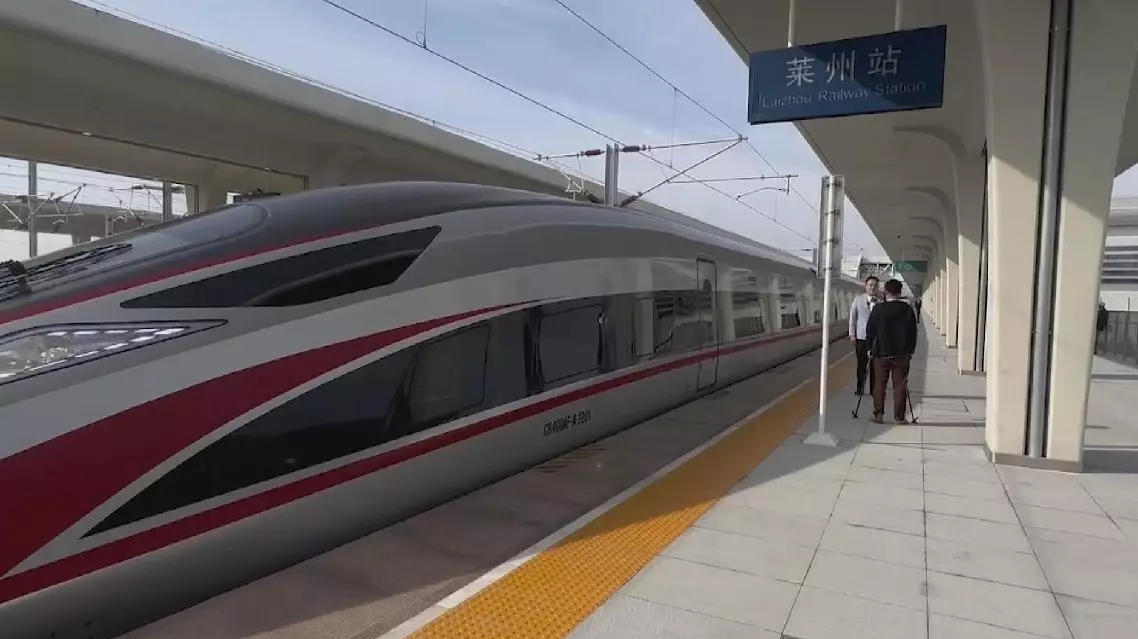
Weifang-Yantai High-Speed Railway starts operation, deepening regional integration
China is accelerating the commercialization of marine scientific and technological achievements and fostering new quality productive forces by boosting support for small and medium-sized enterprises (SMEs) in the marine sector, with a focus on investment and financing to drive industry growth.
The development of marine industries is marked by substantial investments, high risks, and slow returns. However, with strong national support, some companies, such as Zhejiang Startest Marine Science and Technology Co., Ltd. in east China, have achieved notable success.
The company is a national high-tech enterprise specializing in the independent research and development of underwater sonar detection equipment and underwater information data systems.
It now holds more than 210 intellectual property rights for its designs.
"We are now fully capable of replacing similar foreign imported products with our own ones, thereby overcoming the bottleneck in production caused by foreign product embargoes," said Su Xiaoyang, president of Zhejiang Startest Marine Science and Technology Co., Ltd.
While some marine SMEs, such as Shenzhen HiCloud Data Center Technology Co., Ltd., China's first underwater data center equipment and service provider, have mastered core technologies, a gap remains compared to international standards. As a result, continuous investment is necessary for them to overcome critical technological challenges.
"The Underwater Data Center Pilot Project is a new infrastructure initiative requiring a significant initial investment and scale effects. However, both users and investors in the market still lack a comprehensive understanding of the project's strategic significance, including the technical risks associated with emerging technologies," said Pu Ding, general manager of the Underwater Data Center Pilot Project in Hainan under Shenzhen HiCloud Data Center Technology Co., Ltd.
To address the challenges faced by marine SMEs in securing investment and financing, the Ministry of Natural Resources (MNR), along with the Shenzhen Stock Exchange, has organized a series of roadshows since 2016. Over 200 marine SMEs and innovation teams have participated, securing more than 3 billion yuan (around 409.8 million U.S. dollars) in financing.
In addition to these efforts, the MNR, in collaboration with the Shanghai Stock Exchange, launched China Ocean Economy Stock Price Index in 2024, covering 20 marine and related industries.
"This is the first domestic comprehensive index in the marine sector, covering all the markets of Shanghai, Shenzhen, Beijing, and Hong Kong. It provides timely insights into the operational performance of listed companies in the marine industry and plays an important role in promoting the efficient allocation of financial capital to the marine real economy," said Feng Lei, deputy director of the Ocean Strategic Planning and Economic Department under the Ministry of Natural Resources.
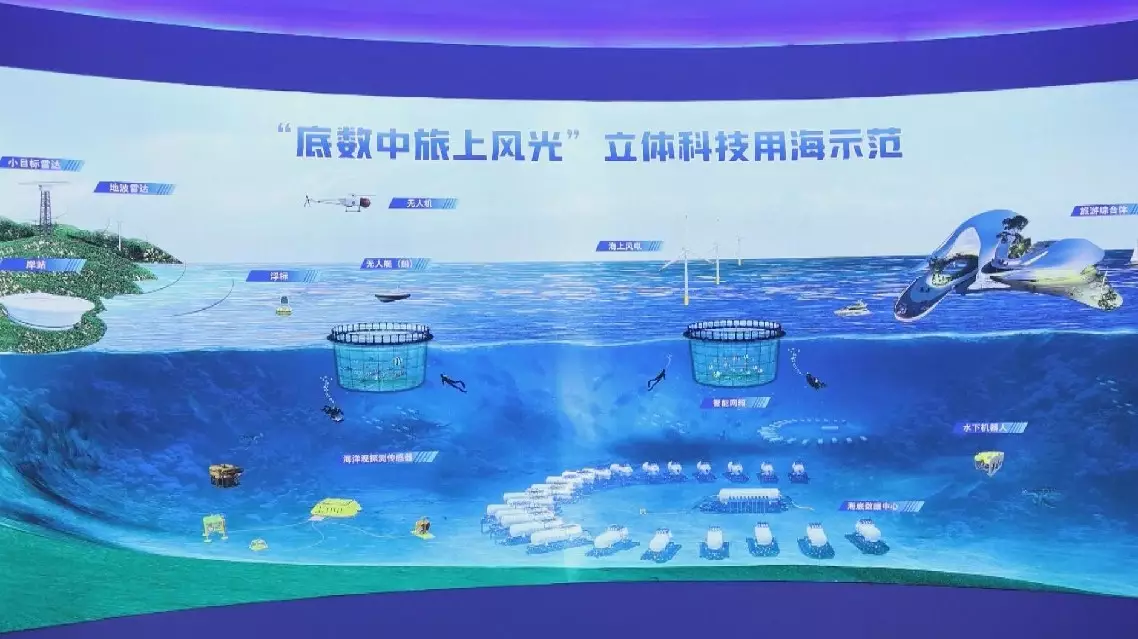
Small marine firms accelerate commercialization of sci-tech achievements under greater policy support




